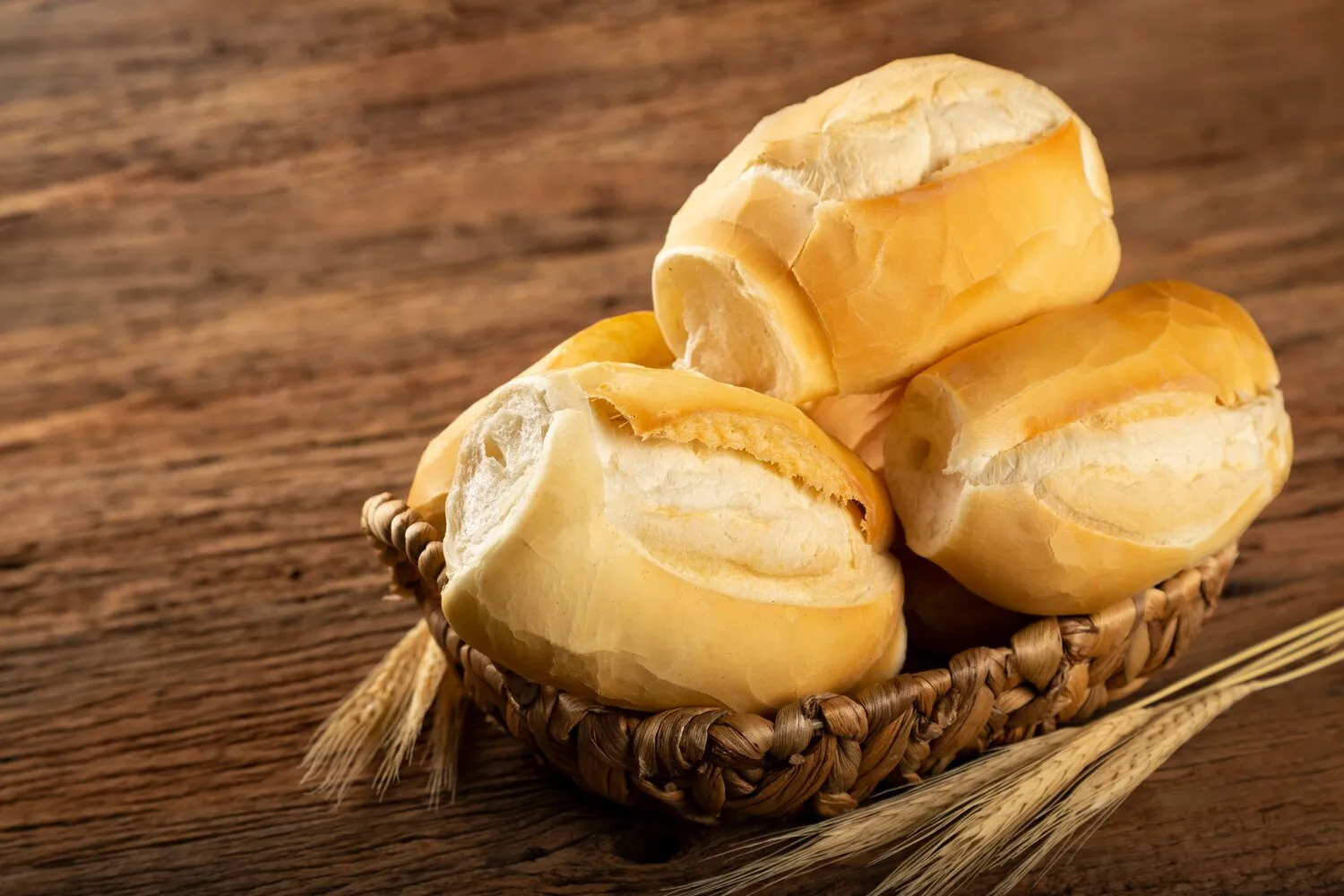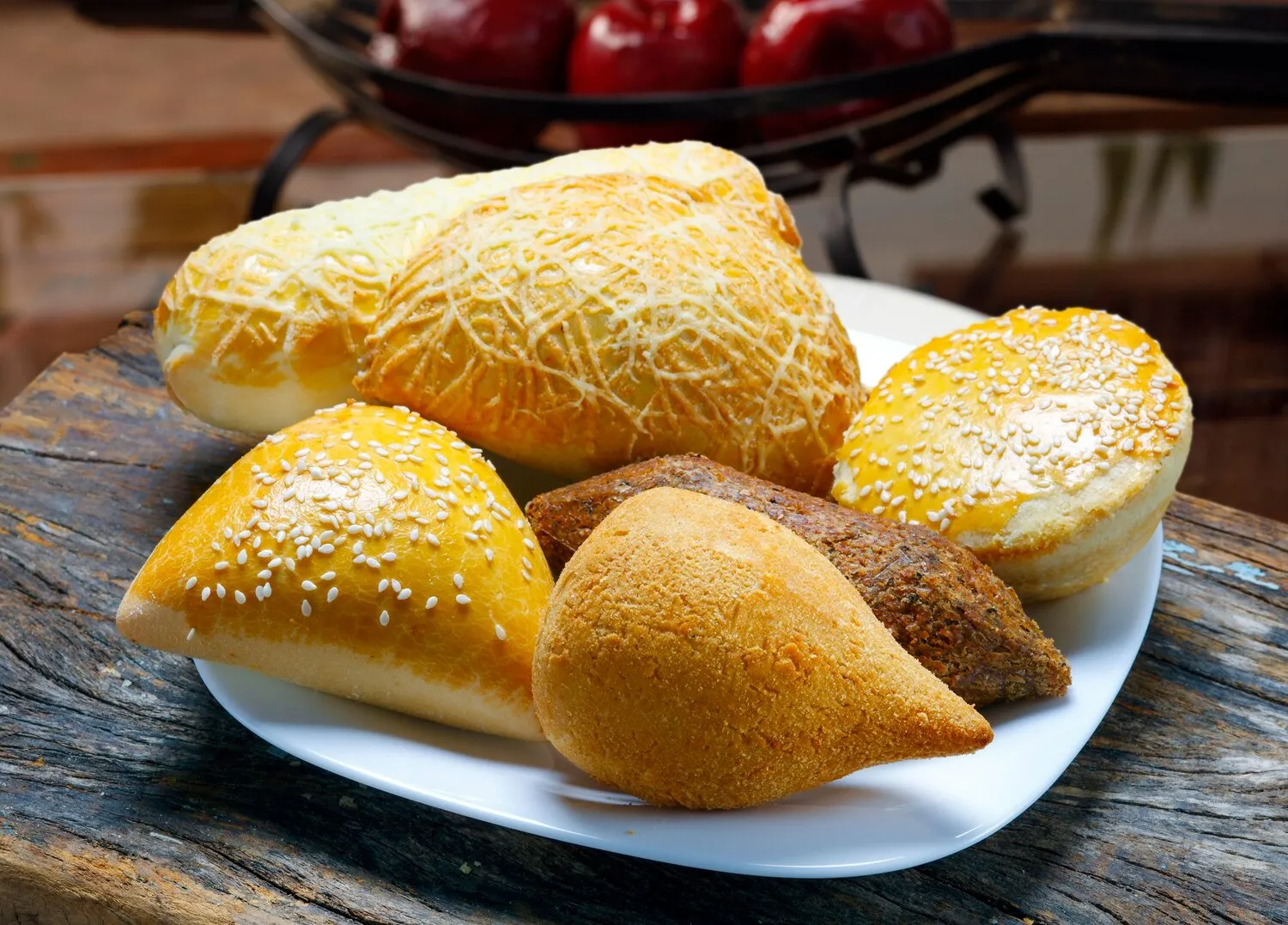
Gebak
Pastries and cakes.
Nutrition Facts
* The % Daily Value (DV) tells you how much a nutrient in a serving of food contributes to a daily diet. 2,000 calories a day is used for general nutrition advice.
Dutch baking traditions have been influenced by various factors throughout history, including trade routes that introduced spices and ingredients from around the world, regional agricultural practices that determined available ingredients, and the culinary traditions of neighboring countries like Germany, Belgium, and France. Guilds also played a role in establishing standards and techniques for bakers. The Dutch East India Company brought spices and sugar, revolutionizing baking, making it richer and more flavorful.
Gebak holds a significant place in Dutch culture, often associated with celebrations, social gatherings, and everyday enjoyment. It's a symbol of hospitality and is deeply ingrained in Dutch traditions.
Celebrations and Special Occasions
Gebak is an integral part of Dutch celebrations such as birthdays, anniversaries, and holidays like Sinterklaas and Christmas. Specific pastries are often associated with these events.
Coffee Culture
The Dutch have a strong coffee culture, and gebak is frequently enjoyed alongside a cup of coffee as a daily ritual or social activity. Many bakeries and cafes serve a wide selection of cakes and pastries.
Hospitality and Socializing
Offering gebak to guests is a gesture of hospitality and welcome in Dutch culture. It is common to share pastries during visits with friends and family.
Regional Variations
Different regions of the Netherlands have their own unique specialties in the realm of gebak, reflecting local ingredients and traditions. This adds to the diversity of Dutch pastries and cakes.
Dutch pastries and cakes offer a diverse range of flavors, often characterized by a balance of sweetness, spice, and richness. Common flavors include butter, vanilla, cinnamon, almond, apple, and citrus.
The flavors in Dutch gebak (pastries and cakes) are derived from a variety of ingredients. Butter is a crucial component providing richness and a tender crumb. Vanilla extract or vanilla beans are used for aromatic sweetness. Spices like cinnamon, nutmeg, and cloves are prevalent, particularly in traditional treats like speculaas. Almond paste, often homemade, adds a nutty and marzipan-like flavor and texture. Fruits such as apples, berries, and cherries are frequently incorporated, offering tartness and freshness. Citrus zest, particularly lemon and orange, provides brightness and aromatic notes. Chocolate is a common addition in modern variations, adding depth and indulgence. Caramel flavors are also popular in certain types of gebak, offering a sweet and slightly burnt note.
Freshness Matters
Freshly baked gebak offers the best flavor and texture. Buy from reputable bakeries or consider baking your own for optimal quality.
Storage
Store pastries and cakes properly to maintain their freshness. Generally, airtight containers are recommended, and some items may benefit from refrigeration.
Coffee Pairing
Pair your gebak with a complementary coffee blend. A strong coffee can balance the sweetness of richer pastries, while a lighter coffee may enhance more delicate flavors.
Explore Regional Specialties
Seek out regional variations of gebak to experience the diversity of Dutch baking traditions. Each region offers unique flavors and textures.
Heating Instructions
For some pastries, consider heating slightly to release more of their aroma and flavor, particularly those with butter or spices.
Explore additional Bakery dishes and restaurants
Explore BakeryDiscover top dining spots and culinary experiences in Hofstade.
Explore HofstadeLearn more about the food culture, restaurant scene, and culinary heritage of Belgium.
Explore Belgium
